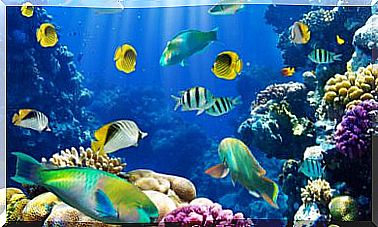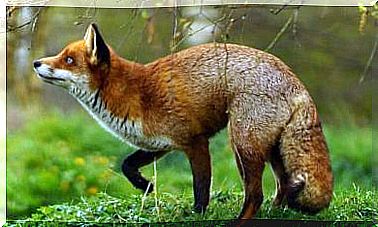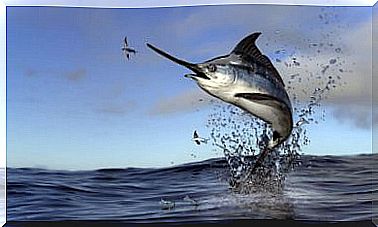Tips For Visiting A National Park

Since the first reserve in the United States (the famous Yellowstone) was declared in 1872, each country has natural spaces that cannot be used for any purpose other than to safeguard the local flora and fauna. We give you some tips to visit a national park for the first time; Although they have different regulations, there are rules that must be met in all of them.
Tips for visiting a national park
Last 2017 was declared by the UN as the ‘International Year of Sustainable Tourism for Development’ and, after that, many protected areas and nature reserves received more tourists than in previous years.
When visiting a national park we must bear in mind that it is a ‘sacred’ site and very important for conserving biodiversity and the environment. It is in turn a place where we can learn a lot about flora, fauna, history and even art thanks to the artistic manifestations of the men who inhabited the region.
They are not only recreational sites, and it is necessary to comply with certain rules during our stay. If you plan to visit a national park, we recommend that you pay attention to certain basic rules, which will prevent you from having problems and at the same time allow the conservation of the place.
1. Drive safely
In the reserves and parks do not expect paved roads or highways. Depending on where they are, the roads can be gravel, dirt or stone. Therefore, it is good to ask if you can enter with a family vehicle or if you need a special one. In any case, the maximum speed should not exceed 40 km / h: do not forget that there are pedestrians walking and loose animals.

2. Consultation at the visitor service center
It is the place where tickets are bought and maps are received. There they can inform you about the status of the routes, if there are forbidden areas and above all provide you with the rules of the place. Pay close attention and don’t hesitate to check with the park ranger if you have questions. Many times we make mistakes due to lack of knowledge.
3. Camp in authorized sites
Some national parks allow camping, but only in specific locations. That is to say, with few exceptions, you will not be able to set up your tent in the middle of the forest. Likewise, it is important that you remain silent, do not turn on music, do not talk loudly … Better dedicate yourself to enjoying the sounds of nature.
4. Take your trash back home
It is true that in parks there are usually garbage containers, but these sometimes do not appear when we need them. The best we can do in that case is to take a bag with us and deposit the waste. Upon returning home or to the hotel, we throw them into the corresponding bucket.
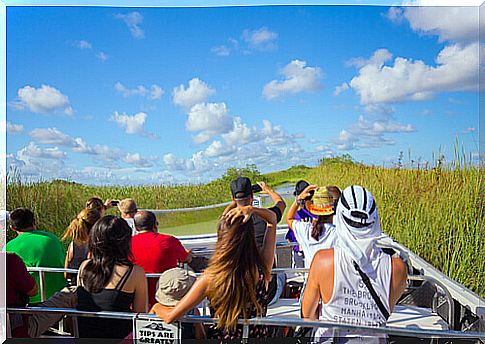
5. Be careful with the fire
There are many ways to start a fire, especially in areas with dry grasslands or where it does not rain very often: a glass bottle can create a ‘magnifying glass’ effect, cigarette ash can scatter, and poorly extinguished fires can spread.
Therefore, no waste, no smoking and, of course, do not light bonfires unless it is in permitted places. And before you leave, add a good amount of water to make sure it has completely turned off.
6. Respect animals
When visiting a national park we must understand a very simple thing: we are the intruders in that place and the animals that inhabit the area are in their own home. This means that they have all the rights over us.
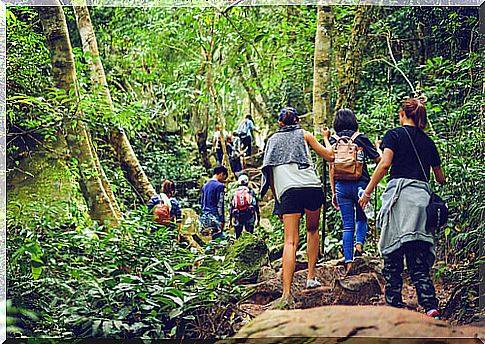
Respecting animals also means not getting too close, not trying to grab them, not feeding them, not scaring them, not interrupting them if they are sleeping or eating … When you see a mammal, insect, reptile, bird … Wait for their reaction. He has every right to attack you if he feels threatened.
7. Don’t take ‘memories’
A leaf, a branch, a stone … Everything is there for a reason. Imagine if every tourist who visits a park took away something to remember. The ecosystem could change! Therefore, the only thing you are allowed to take with you that day is the experience and the photos you have taken.
